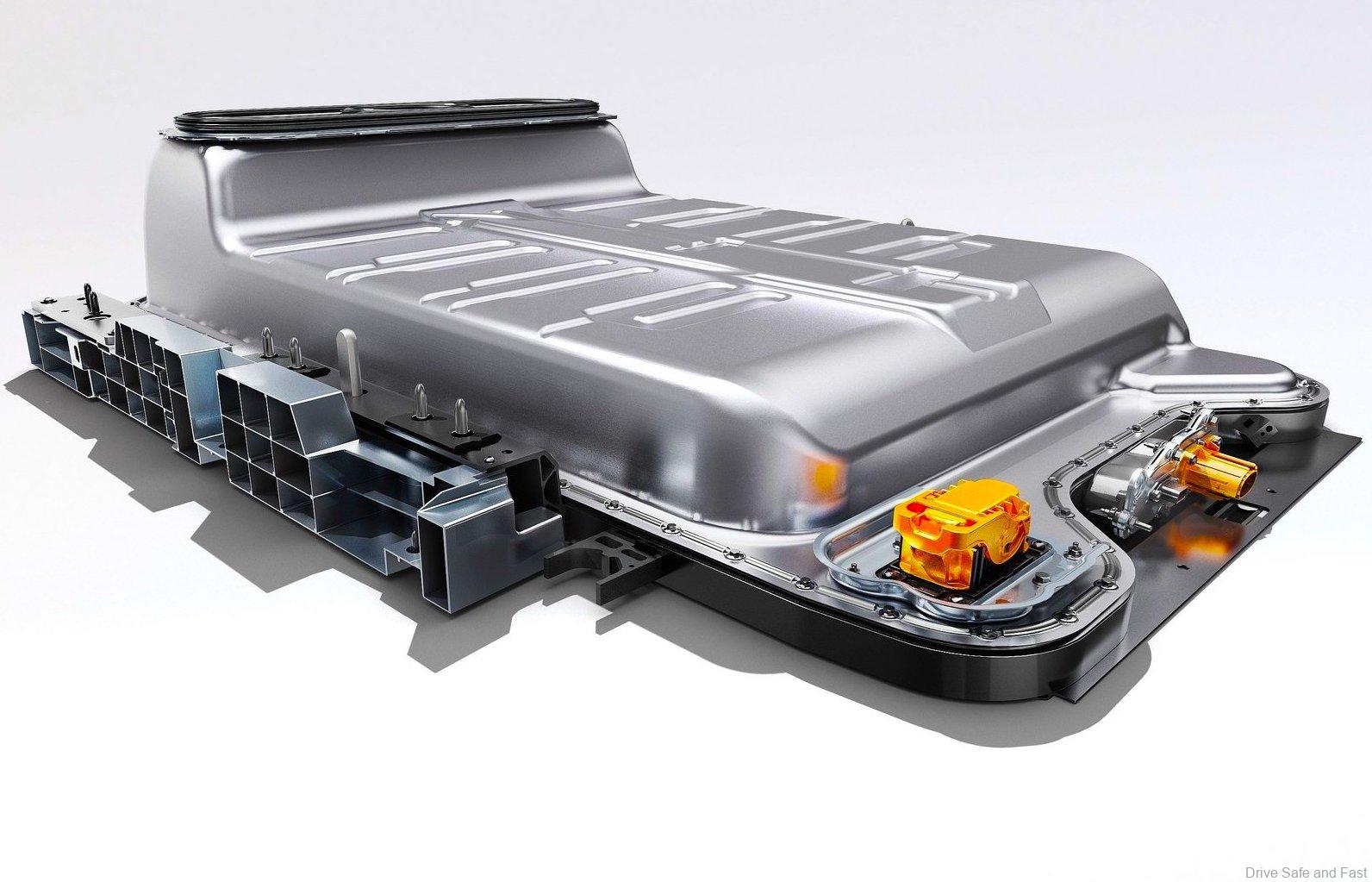This New Material Allows Batteries To Last Longer
Now non-rechargeable batteries could be used longer
With electric vehicles (EVs) becoming increasingly common, there has been a heavy focus on rechargeable lithium-ion batteries over the years. Unfortunately, this means that non-rechargeable batteries have taken a back seat despite their importance in the medical industry for implantable medical devices and pacemakers. That changes now.

A group of MIT researchers have put forward a way to improve the energy density of non-rechargeable batteries which theoretically could lead to an increase of lifetime of up to 50 percent. Alternatively, this could reduce the size and weight of these batteries by 50 percent as well while improving safety without increasing the cost too much.
Moreover, despite the technology to improve medical equipment like pacemakers which typically last 5 to 10 years or less for high-voltage functions like defibrillation, being mature, Haining Gao, a postdoctoral Fellow at MIT states that “there haven’t been any major innovations in fundamental cell chemistries in the past 40 years.”
The team’s solution to this is a new type of electrolyte called the “catholyte” which combines the functions of a cathode and an electrolyte into one . Where about 50 percent of the typical pacemaker batteries weight is inactive material, Gao claims this new design with fluorinated catholyte, can bring that down to about 20 percent.

On top of that, the researchers also claim these new batteries are also much safer than other types of proposed chemistries which would utilize toxic and corrosive catholyte materials and preliminary testing has shown that these batteries have a stable shelf life of more than one year.
While these new batteries are potentially capable of achieving a 50 percent increase in energy density, at the moment the team has only managed to achieve a 20 percent improvement. This is still a very promising result but the team says that the design is not yet fully optimized so they hope it will improve with the design.
Furthermore, these new batteries can be rather easily integrated into current battery manufacturing processes. This means, essentially, nothing has to change as far as manufacturing goes but we get to improve safety and keep costs the same as Gao states that the cost of these new batteries is likely comparable to existing batteries.
The MIT team has already applied for a patent on the catholyte, and they expect that the medical applications will likely be commercialized first and that the team will be ready with a full-scale prototype to test in real devices within a year. The team also hopes this will improve remote sensors, long-distance drones, and undersea vehicles.

We got all this from InceptiveMind and their full article is linked here. Thank you InceptiveMind for the information and images.